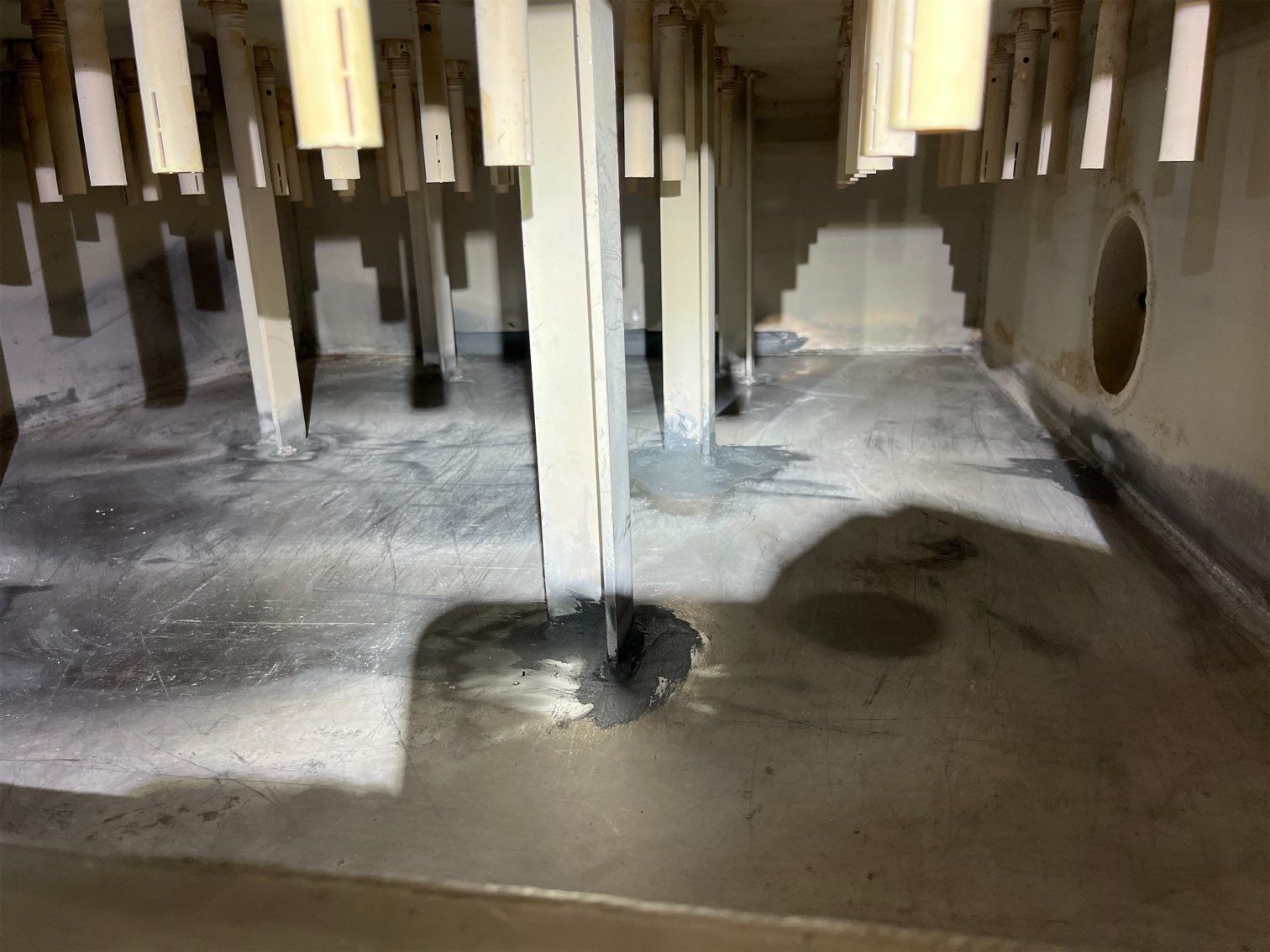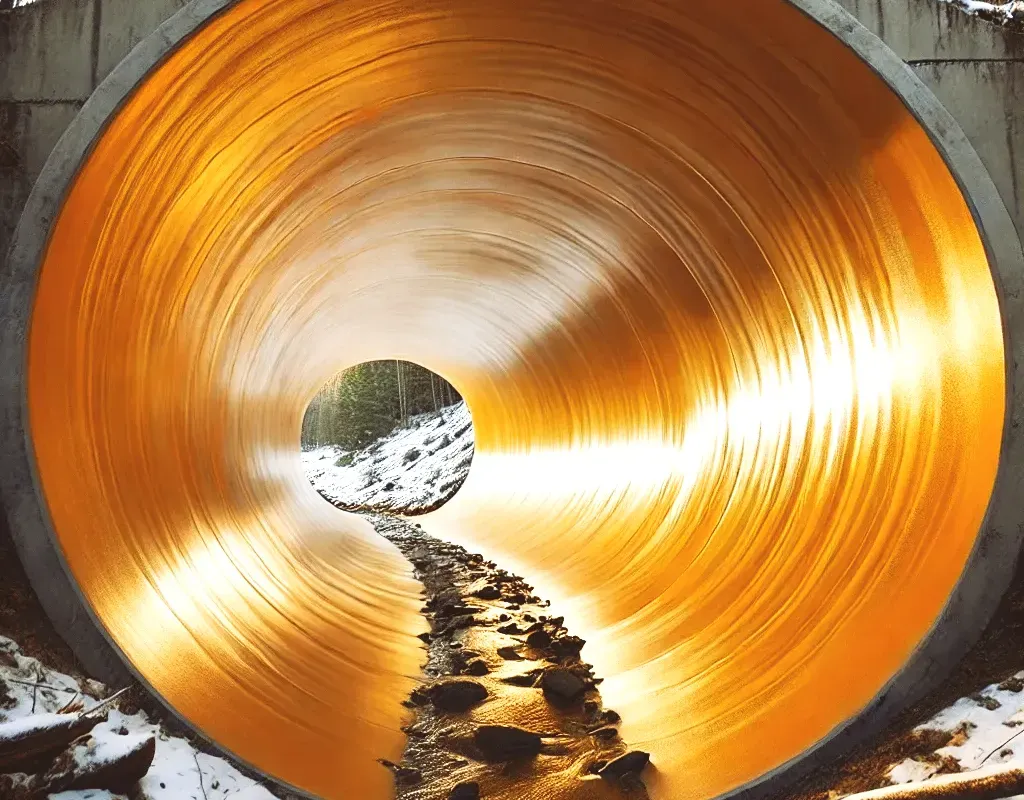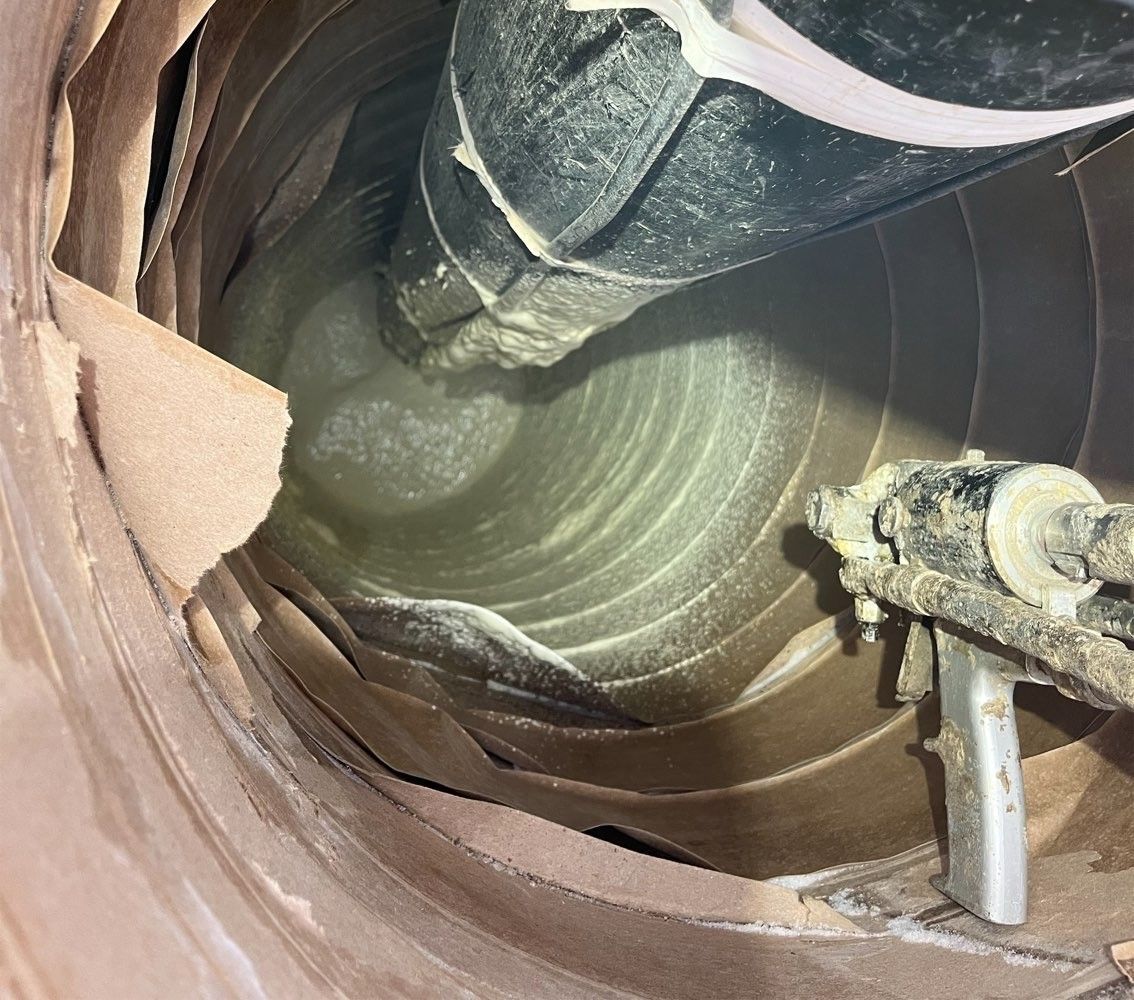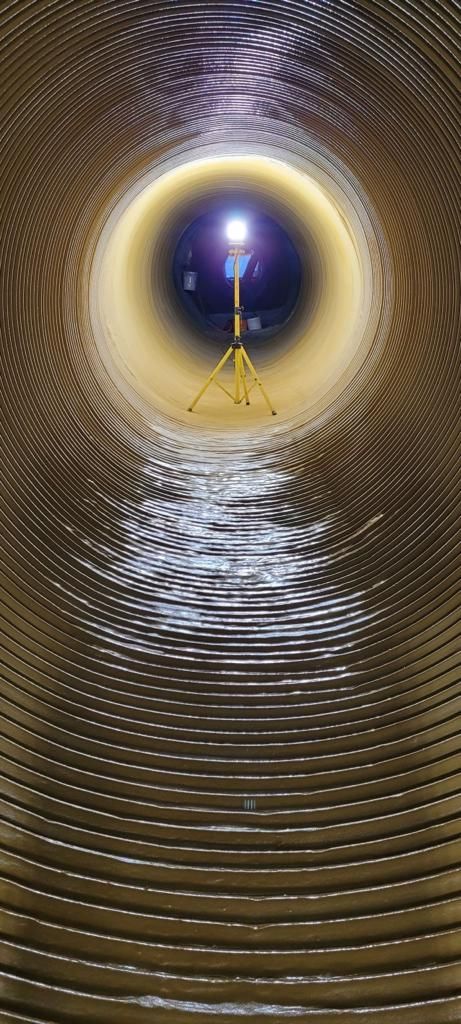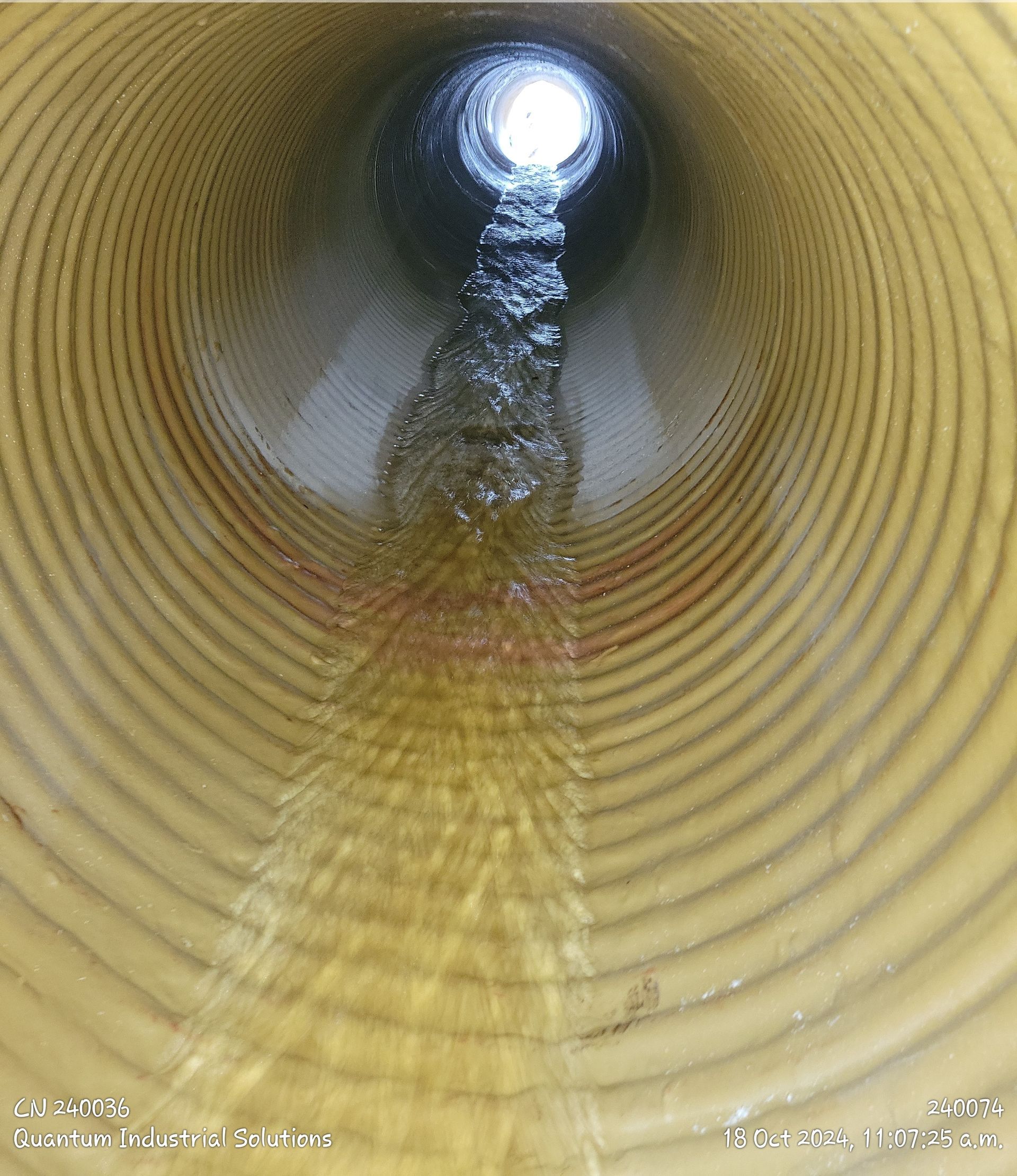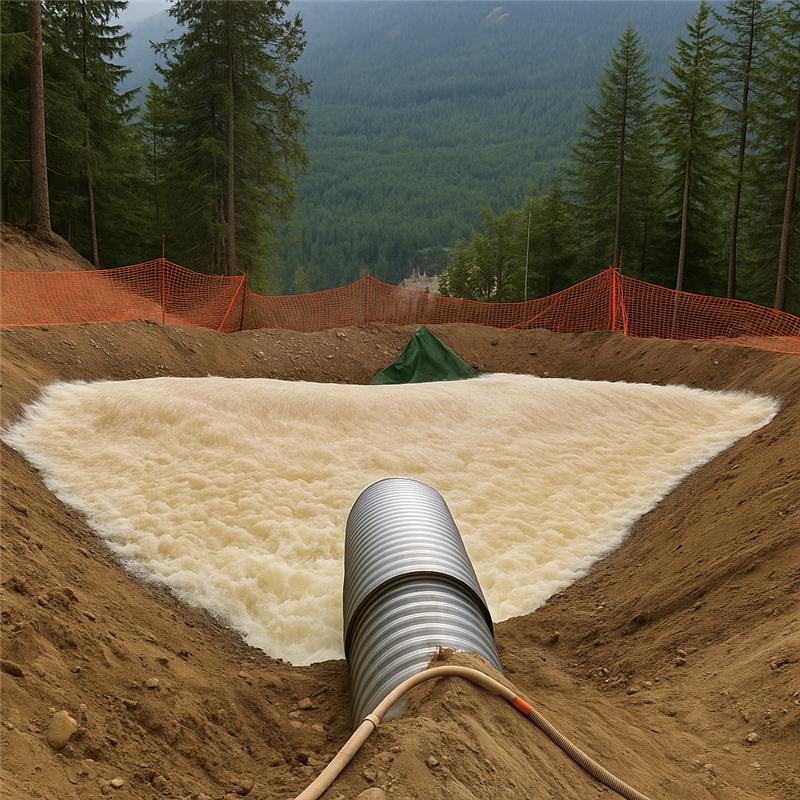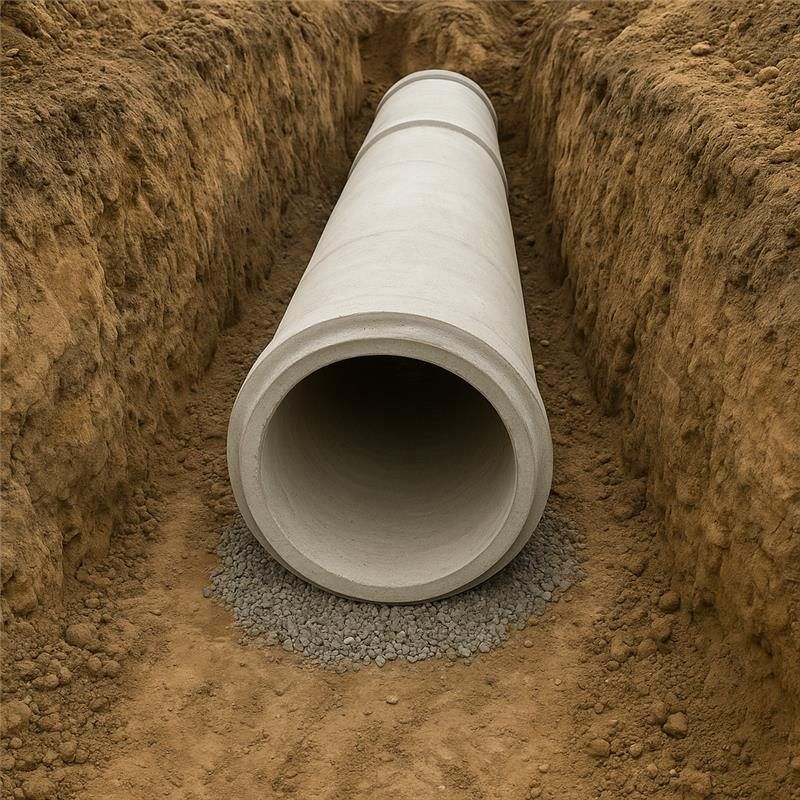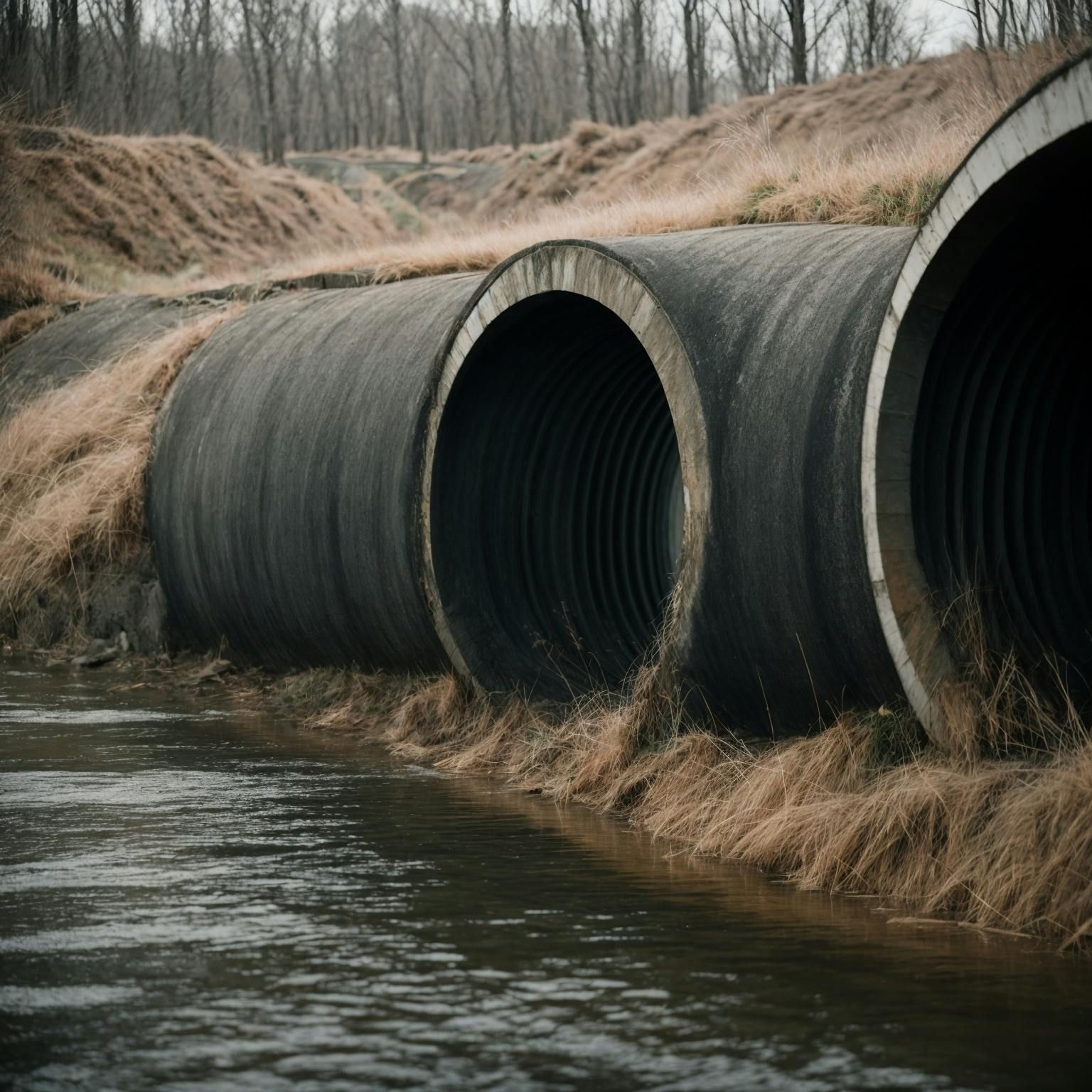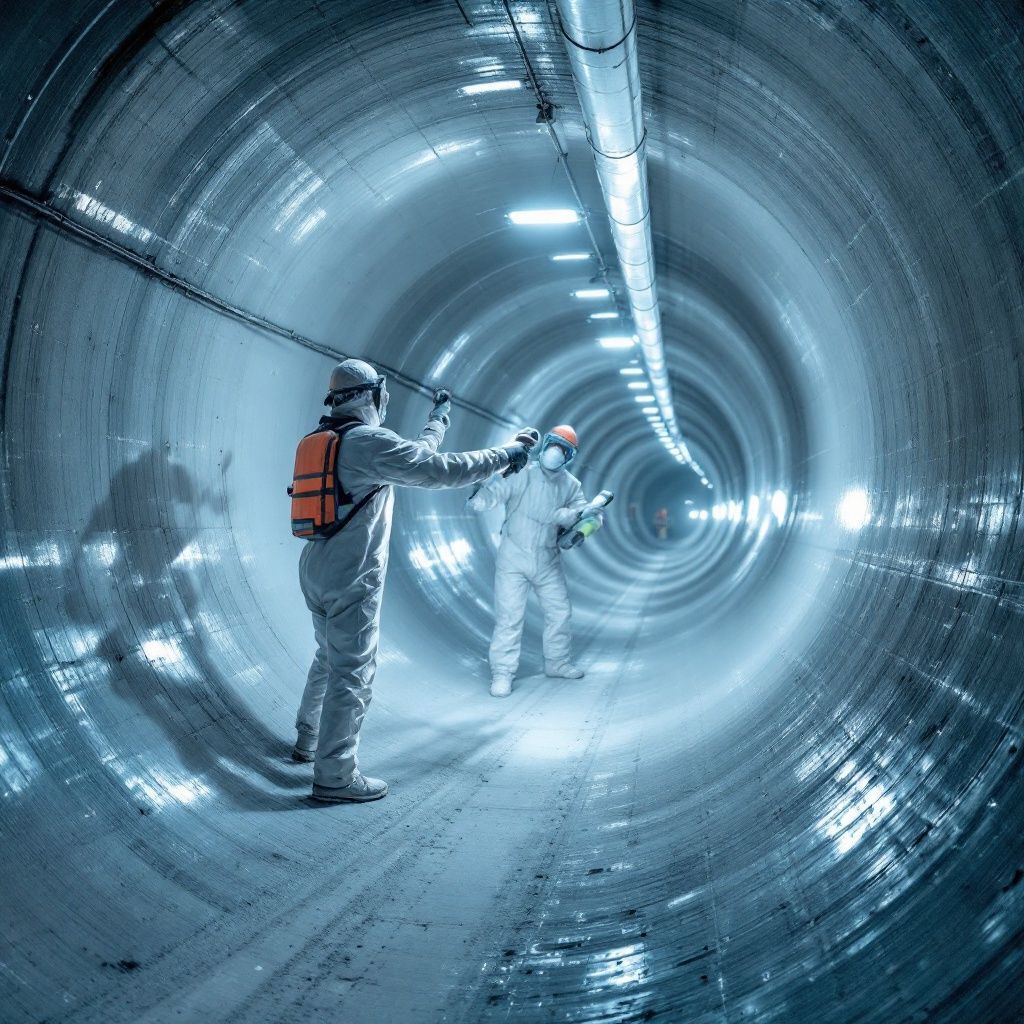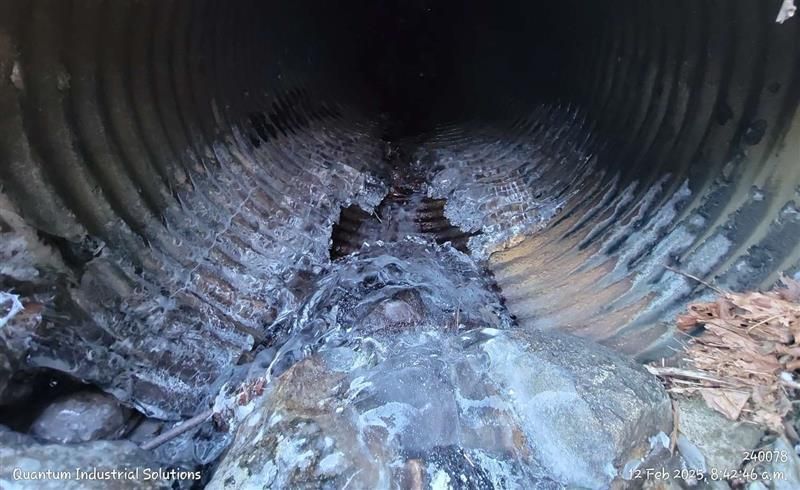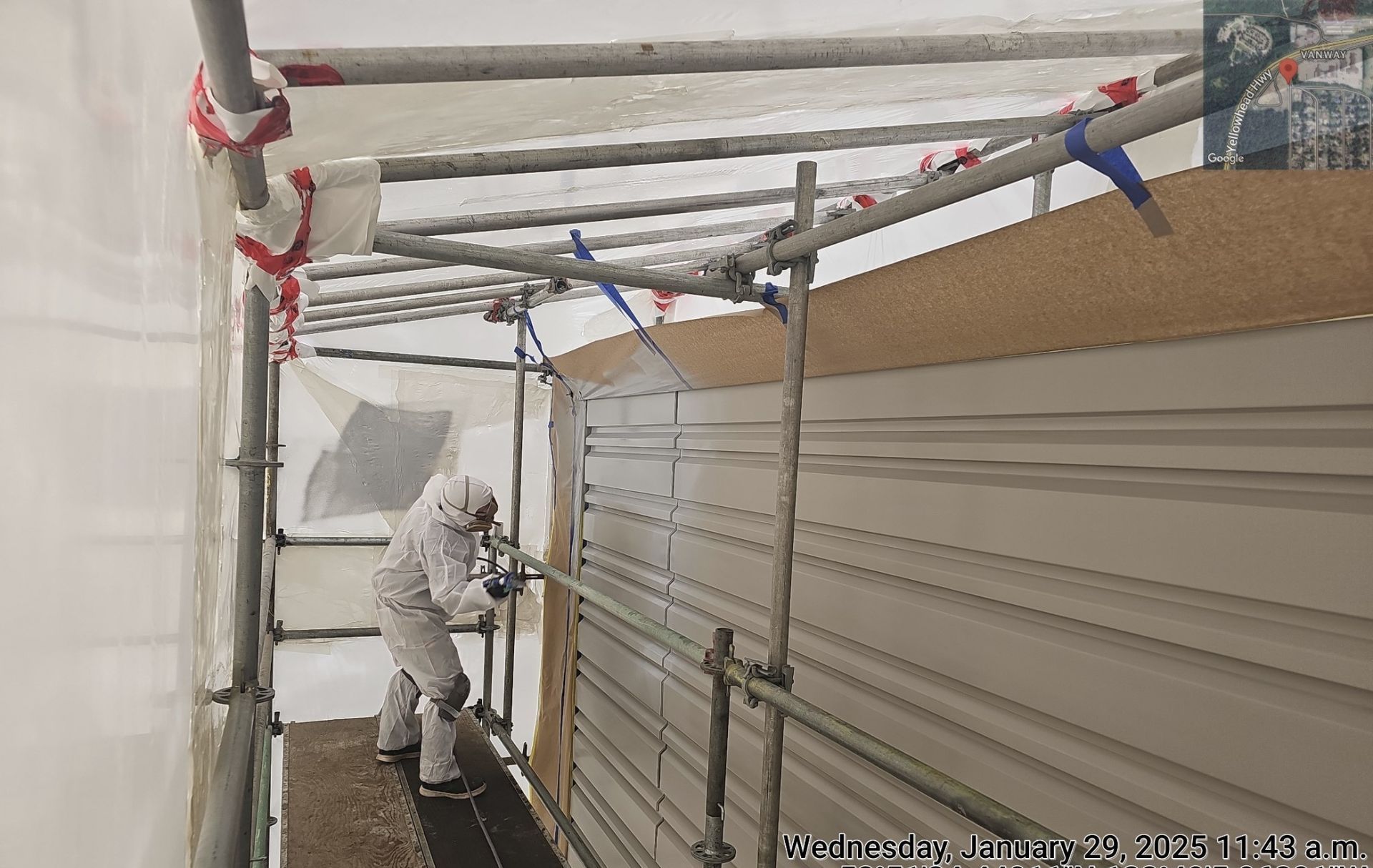The Future of Infrastructure: Embracing Advanced Coating Technologies
The Need for Advanced Coating Technologies
In today’s rapidly evolving world, infrastructure forms the backbone of urban and rural development.
As we face increasing challenges—from climate change to aging structures—advanced coating technologies have emerged as a game-changer in infrastructure rehabilitation.
These innovations not only enhance structural integrity but also offer a sustainable and cost-effective approach to maintaining and improving essential assets.
Traditional infrastructure maintenance often involves reactive solutions that address issues after significant damage has occurred.
However, this approach can lead to high costs, lengthy downtimes, and environmental impacts.
Advanced coating technologies represent a shift toward proactive maintenance, providing protective layers that prevent deterioration and extend the lifespan of structures.
Key drivers for adopting advanced coatings include:
- Aging infrastructure: Many bridges, tunnels, and pipelines were built decades ago and require immediate attention to avoid catastrophic failures.
- Environmental challenges: Extreme weather conditions and exposure to pollutants accelerate structural wear and tear.
- Cost efficiency: Preventive measures reduce the need for expensive repairs and replacements.
Latest Advancements in Coating Technologies
- Nanotechnology-Based Coatings Nanotechnology has revolutionized the coating industry by enabling the development of ultra-thin, durable layers with exceptional properties.
These coatings offer superior resistance to corrosion, UV radiation, and chemical exposure. For example, nanoceramic coatings can provide a hydrophobic surface that repels water and contaminants, reducing maintenance requirements. - Self-Healing Coatings Inspired by biological systems, self-healing coatings can repair minor damages such as cracks and scratches.
These coatings contain microcapsules filled with healing agents that are released upon damage, sealing the affected area and maintaining the protective barrier. - Smart Coatings Smart coatings incorporate sensors and responsive materials that adapt to environmental changes.
For instance, temperature-sensitive coatings can change color to indicate heat stress, while others can release anti-corrosive agents when triggered by specific conditions. - Environmentally Friendly Coatings With growing concerns about environmental sustainability, many advanced coatings are designed to be eco-friendly.
Water-based and low-VOC (volatile organic compound) coatings minimize environmental impact while providing high performance.
Applications in Infrastructure Rehabilitation
Advanced coatings are being applied across various sectors to address diverse challenges:
- Bridges: Anti-corrosion coatings protect steel and concrete from moisture and pollutants, ensuring structural integrity.
- Pipelines: Internal and external coatings reduce wear, prevent leaks, and enhance flow efficiency.
- Buildings: Fire-resistant and thermal-insulating coatings improve safety and energy efficiency.
- Roads and Tunnels: Reflective coatings enhance visibility and safety while reducing heat absorption.
Benefits of Advanced Coating Technologies
- Enhanced Durability By providing a robust barrier against environmental and mechanical stressors, advanced coatings significantly extend the service life of infrastructure.
- Cost Savings Preventive maintenance using advanced coatings reduces the frequency and cost of repairs, offering long-term economic benefits.
- Improved Safety Coatings with anti-slip, fire-resistant, or UV-blocking properties enhance the safety of infrastructure for both users and maintenance personnel.
- Sustainability Many modern coatings are designed with sustainability in mind, utilizing renewable materials and reducing waste during application.
Future Trends and Innovations
As technology continues to evolve, the future of advanced coatings looks promising. Emerging trends include:
- AI-Driven Solutions: Artificial intelligence is being used to optimize coating formulations and predict maintenance schedules.
- 3D Printing: Advanced coatings are being integrated into 3D-printed materials, enabling customized solutions for complex structures.
- Biodegradable Coatings: Researchers are developing coatings that degrade naturally, minimizing their environmental impact.
Advanced coating technologies are paving the way for a sustainable and resilient future in infrastructure development.
By embracing these innovations, we can protect critical assets, reduce maintenance costs, and ensure the longevity of structures in the face of growing challenges.
As we look ahead, the continued integration of advanced coatings into infrastructure projects will be essential for building a more robust and sustainable world.

